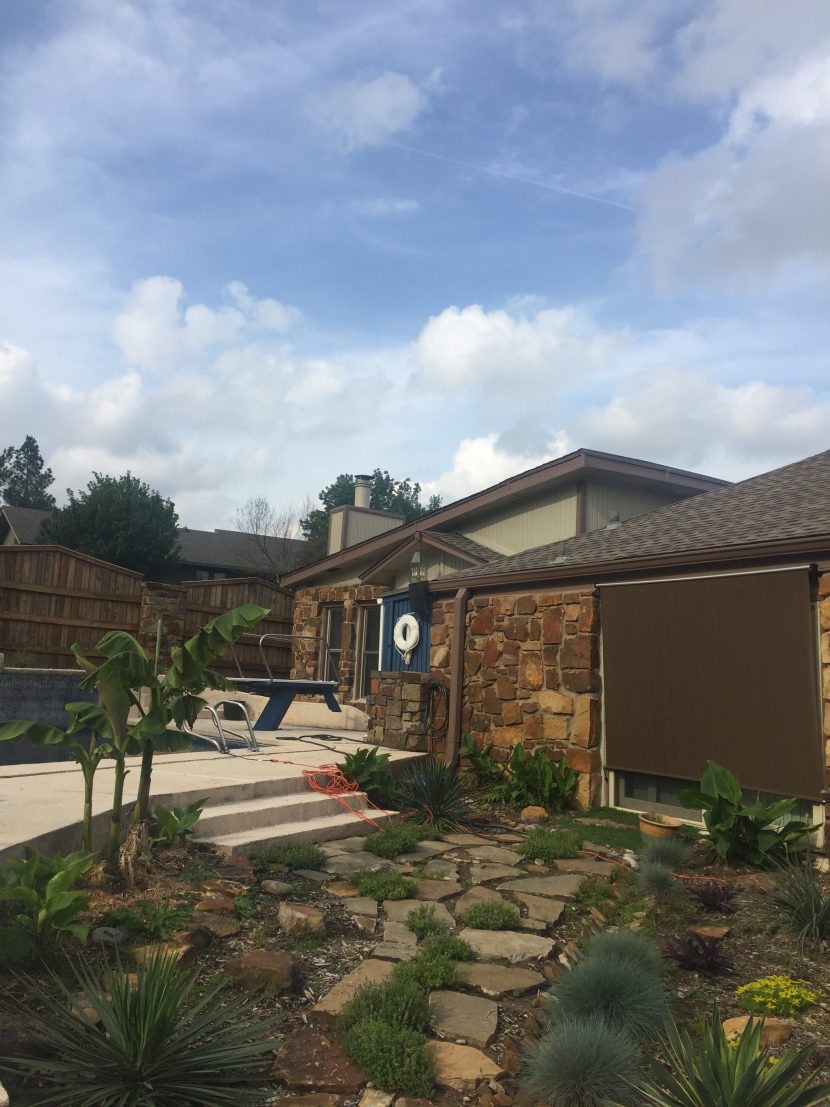As many of you may already know, Morris Heat and Air specializes in Furnace Repair, Service and Installation in Tulsa Oklahoma. What many homeowners and companies fail to recognize is that there is much more to consider when repairing or replacing a furnace than just repairing or replacing the furnace. For instance, a furnace may have a bad fan motor, but the underlying reason for that fan motor being bad is caused by undersized duct work. Another example can be found in a furnace that is overheating constantly. Though you can bypass the high limit control to keep your furnace from shutting off and locking out, the reason it is over heating is due to a dirty filter or evaporator coil. Even the evaporator coil being dirty has an underlying cause associated with it. Most evaporator coils never get dirty, but the ones that do are usually caused by inadequate air filtration or duct leakage. We visited a home that was looking for quotes on a new air conditioner system in Tulsa. Upon looking at their electric bill we determined that the home had some issues outside of just needing the furnace and air conditioner replaced.
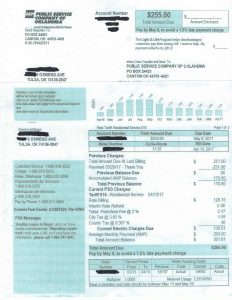
We quickly identified that the home was using too much electricity. When looking at this bill you will see that the off peak months like December through April was only using, on average, 1,300 kilowatts per month. In July, August and September, however, the home was using close to 4,400 kilowatts per month. At that time, the homeowner was paying well over $250 per month on the AMP (Average Monthly Payment) plan PSO offers. This means in the off season, the homeowner was paying $160 per month, but in the peak demand months close to $400 per month. If they were not on the AMP Plan, thats what it would've been.
It was recommended to the homeowner to have an energy analysis and ACCA Load Calculation conducted on the home. Upon completion of the energy analysis, we discovered that the duct system and the home were excessively leaky. It was also determined that the return air duct system was not sized correctly.
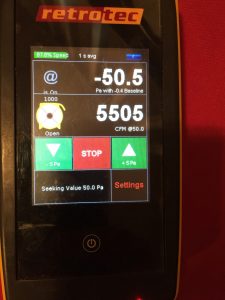 This home tested in at nearly 5,505 CFM/50 leakage before improvements were made. The home is nearly 25,000 cubic foot volume.
This home tested in at nearly 5,505 CFM/50 leakage before improvements were made. The home is nearly 25,000 cubic foot volume.
 The duct system for this home tested in at 467.5 CFM/25 total duct leakage prior to sealing and redesigning the return air duct system.
The duct system for this home tested in at 467.5 CFM/25 total duct leakage prior to sealing and redesigning the return air duct system.It was recommended to the homeowner upon completion of our energy analysis and load calculation to remove all of the pre-existing attic insulation so that we could gain access to areas of leakage located in the attic. This would also give us an opportunity to access the duct work in the attic needing to be replaced.
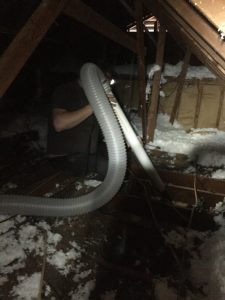
We are in and out of homes every day and we discover a lot of bad things caused by other contractors. On this home, we discovered that the Insulation Contractor that blew in all of the fiberglass insulation in this home 2 years prior to us starting the project, ripped off the bottom 2 inches of the depth gauges to make it appear that they had blown in the Department of Energy recommended 14 inches of fiberglass attic insulation. This company was going door to door and extending rebates to homeowners through PSO's energy efficiency program that existed in 2015 and 2016. When asked who blew in the insulation, the homeowner said "PSO". In reality, the company was cheating the homeowner and PSO by doing this. It is obvious that they were not interested in saving the homeowner money or reducing the kilowatt usage of the home. They were only interested in making money off the homeowner and disinterested in delivering a valuable service that could save the homeowner thousands of dollars a year.
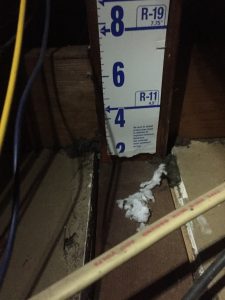
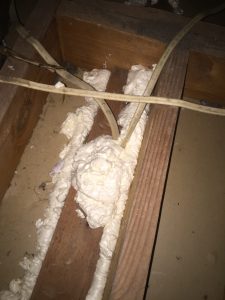
Of course after we sealed the wall plates, we replaced the HVAC Equipment and the Return Air duct system in the attic. We replaced the pre-existing Rheem 10 SEER equipment with our 18 SEER capable Goodman Communicating equipment. The outdoor condenser (air conditioner) is a 2 stage system. The furnace operates at 96.1% AFUE and houses a variable speed motor. The brains of the communicating equipment is, of course, the thermostat. We installed a Goodman Comfortnet CTK04 Communicating Thermostat.

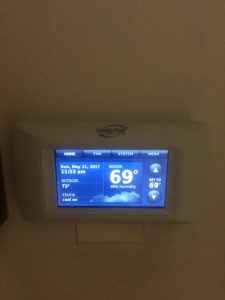
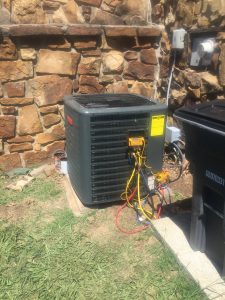
It was also discovered that there were many knee walls extending into the attic space without adequate insulation. It was recommended to have these knee walls foam insulated.
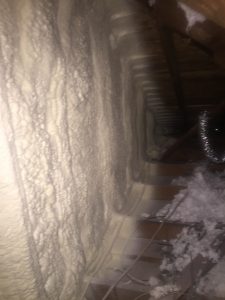
Upon completion, we tested out the home and found that we had reduced the air infiltration from 5505 CFM/50 to 3638 CFM/50. We also reduced the duct leakage from nearly 500 CFM/25 to 289 CFM/25. Once completed we blew back in the fiberglass insulation removed, but we had to add a lot more insulation to achieve a R-38 R-Value. All in all, the homeowner was happy with the work we did on his home. We followed up with him a few years later to service his AC system and was able to get another electric bill from him reflecting the kilowatt usage after we made improvements to his home.
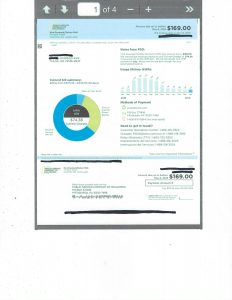
The kilowatt usage in the peak months like July and August had dropped from 4,400 kilowatts to 3,100 kilowatts. The baseline electric usage was reduced during off peak months as well. They went from 1,300 kilowatts per month to 650 kilowatts per month. A 50% reduction in energy. This particular homeowner saved nearly $1,200 per year upon completion of this project due to energy savings from electric usage only. He saved on gas usage as well. However, we did not monitor that aspect of the savings as closely as we did the electric usage.
Please don't hesitate to call Morris Heat and Air if you need service on your home.
Morris Heat and Air
(918) 734-0040
morrisheatandair@gmail.com


